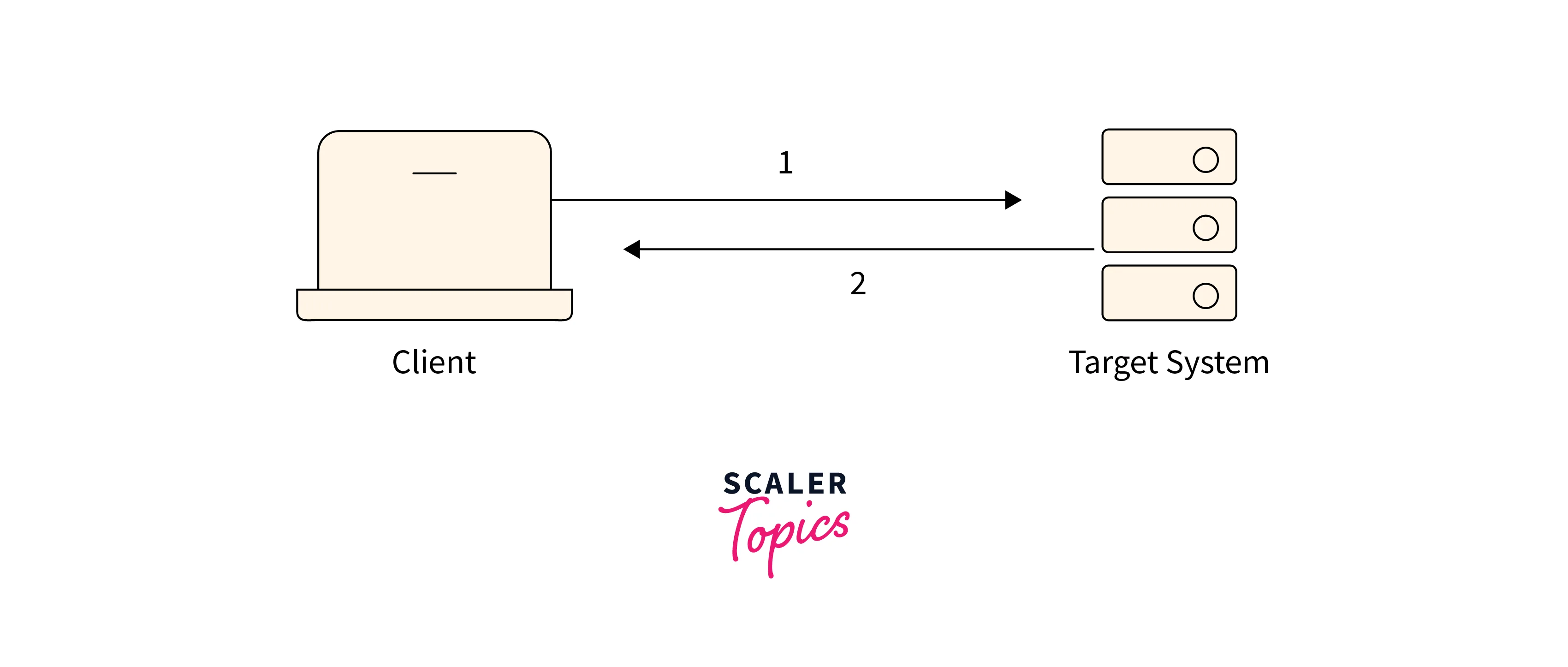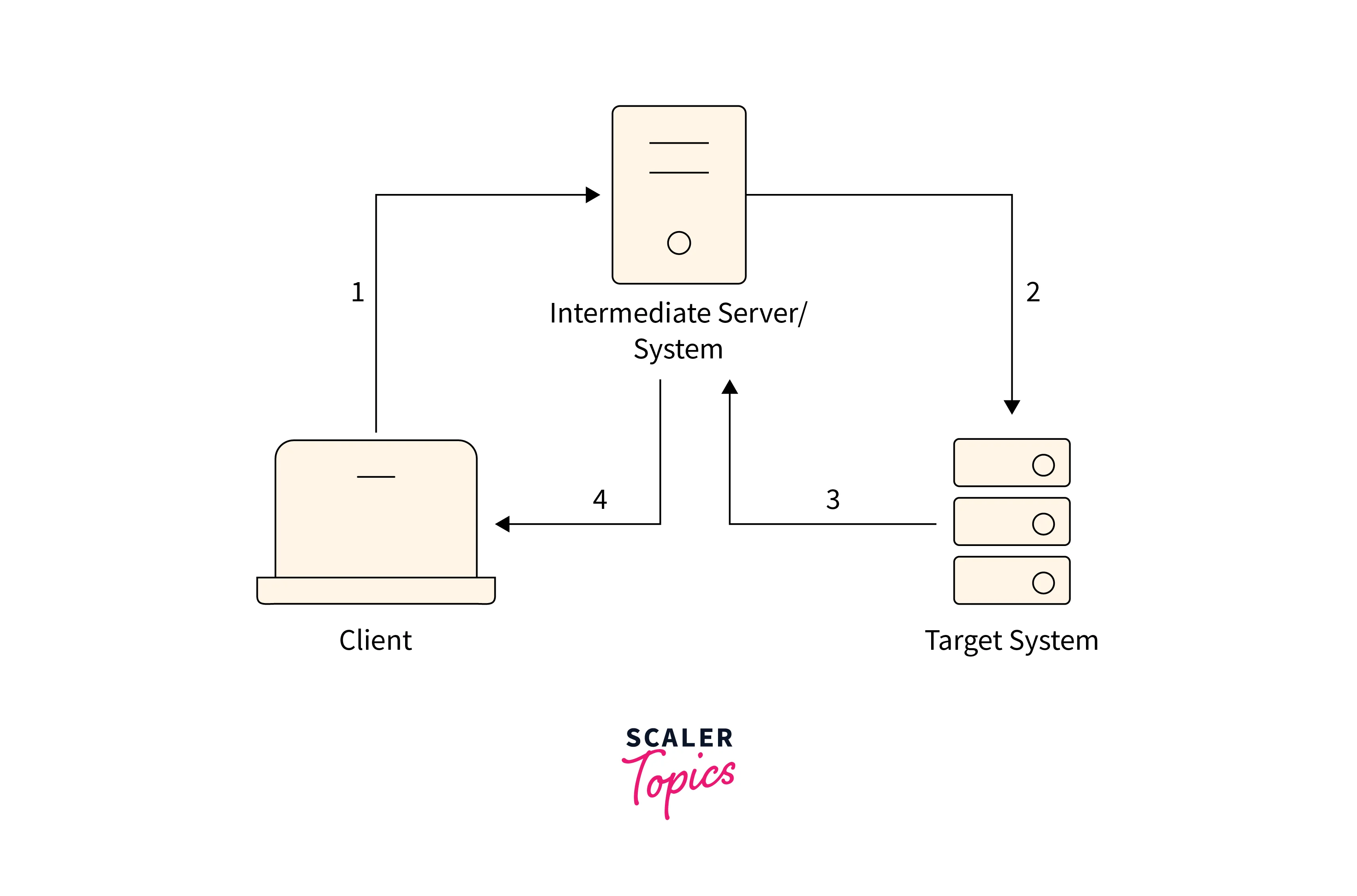Information Gathering in Cyber Security
Overview
In the ever-evolving landscape of cybersecurity, staying one step ahead of potential threats is crucial. One fundamental aspect of this proactive approach is information gathering. Cybersecurity professionals employ various techniques to gather information about potential vulnerabilities, attack surfaces, and potential adversaries. These techniques can be broadly categorized into active and passive information gathering.
In this article, we are going to discuss details about what is active and passive information gathering.
What is Information Gathering?
Information gathering is also known as reconnaissance. The answer to the question what is information gathering is, it is the first phase of a cyberattack, where attackers collect data about their target. This data can include information about the target's network architecture, system configurations, employee details, and potential vulnerabilities. In the hands of malicious actors, this information can be a precursor to a successful cyberattack. However, in the realm of cybersecurity, information gathering serves a noble purpose – to identify and address weaknesses in an organization's security posture before attackers can exploit them.
Posture before refers to assessing and strengthening an organization's security measures proactively, anticipating and addressing vulnerabilities before potential exploitation by attackers.
The first stage in any professional penetration test is cyber reconnaissance. Getting as much information as you can on the target is the aim of this phase. Technical details on its systems and network structure are included in this. However, it also contains data on the company and its personnel that could be helpful later on in the penetration test. Your chances of success in the following stages of the penetration test increase with the amount of information you obtain during the reconnaissance phase. Active information gathering and passive information gathering are the two forms of cyber reconnaissance.
What is Active Information Gathering?
Active information gathering in the context of information gathering in cybersecurity refers to a set of techniques and methods used to collect data and information about a target system, network, or organization by directly interacting with it.
This active approach involves sending requests or probes to the target to elicit responses and gain insights into its configuration, vulnerabilities, and potential weaknesses. Active information gathering techniques are typically conducted with the goal of assessing the security of a system or network and identifying vulnerabilities.

Key components and techniques involved in active information gathering may include:
- Port Scanning:
Port scanning tools like Nmap are commonly used to identify open ports and services running on a target system. Knowing which ports are open can provide insights into potential entry points for attackers or areas that require security hardening. - Vulnerability Scanning:
Vulnerability scanners, such as Nessus or OpenVAS, actively search for known vulnerabilities in the target system or network. These tools attempt to exploit known weaknesses to assess the system's security posture. - DNS Enumeration:
Active information gathering may involve querying the Domain Name System (DNS) to discover information about a target's domain names, subdomains, and associated IP addresses. - Banner Grabbing:
Banner grabbing involves connecting to network services, such as web servers, and retrieving information from banners or headers that disclose details about the software and versions in use. - Brute Force Attacks:
Brute force attacks actively attempt to guess login credentials by systematically trying various combinations of usernames and passwords. This is a common technique used in active reconnaissance to gain unauthorized access to systems. - Active Scanning and Ping Sweeps:
These techniques involve sending ICMP echo requests (ping) or other network probes to determine the online/offline status of target hosts and devices. - Social Engineering and Phishing:
While not technically network-based, social engineering and phishing attacks can be considered active information gathering methods. They rely on manipulating individuals to divulge sensitive information.
What is PassiveInformation Gathering?
Passive information gathering, in the context of information gathering in cybersecurity, refers to the collection of data and information about a target system, network, or organization without directly interacting with the target.
Unlike active information gathering, which involves making deliberate queries or requests to the target to obtain specific information, passive techniques rely on the observation of publicly available data, information that is inadvertently leaked, or network traffic monitoring.

Key components and techniques involved in passive information gathering may include:
- Open-Source Intelligence (OSINT):
Passive reconnaissance often begins with OSINT, which involves collecting publicly available information from various sources, such as websites, social media, public databases, and online forums. This can include information about an organization's employees, contact details, software versions, and other details. - Network Traffic Analysis:
Passive techniques may involve monitoring network traffic, such as network packet captures or log analysis, to gather information about the target's infrastructure, devices, and services. - Search Engine Queries:
Using search engines, passive information gathering can include conducting queries to find sensitive or confidential information accidentally exposed on the internet, like unsecured directories, login pages, or documents. - Passive DNS Analysis:
Passive DNS analysis involves reviewing historical DNS data to understand domain name resolutions and track the evolution of a target's online presence. This can provide insights into changes and associations. - Passive Social Engineering:
This technique doesn't involve direct interaction with individuals but rather relies on the information willingly shared by employees or users on social media or public platforms. - Wi-Fi Network Scanning:
Passive scanning of Wi-Fi networks can help identify network names (SSIDs), encryption methods, and potentially open networks in the vicinity, revealing potential security risks.
Key difference Between Active and Passive Information Gathering
The key differences between active and passive information gathering in cybersecurity can be summarized as follows:
1. Interactivity:
- Active Information Gathering:
Involves direct interaction with the target, such as sending queries, probes, or requests to obtain information. - Passive Information Gathering:
Does not involve direct interaction with the target; information is collected without engaging the target's systems.
2. Visibility:
- Active Information Gathering:
More likely to be detected by the target, as it actively probes the target's systems, potentially raising security alarms. - Passive Information Gathering:
Less likely to be noticed by the target, as it involves observing and collecting publicly available information or monitoring network traffic discreetly.
3. Timing:
- Active Information Gathering:
Provides real-time data but may alert the target to potential threats, making it a quicker but riskier approach. - Passive Information Gathering:
Generally slower, as it relies on observing and collecting information over time, but it is less likely to raise alarms.
3. Legality and Ethical Considerations:
- Active Information Gathering:
Can be legally complex and ethically sensitive, particularly when performed without proper authorization. Unauthorized or malicious use is often illegal. - Passive Information Gathering:
Tends to be more legally and ethically sound since it typically involves collecting publicly available information or data inadvertently exposed by the target.
3. Purpose:
- Active Information Gathering:
Commonly used for security assessments, penetration testing, and offensive security to identify vulnerabilities and weaknesses. - Passive Information Gathering:
Often used for reconnaissance, OSINT, and defensive security to gain insights into a target's digital footprint and minimize information leakage.
Differences between Active and Passive Information Gathering
Active Information Gathering
- Active techniques are often used for vulnerability assessments and penetration testing to identify and exploit weaknesses in a system's security.
- Ethical hackers and security professionals use active methods to assess the real-time security posture of a target system or network.
- Active techniques are suited for quickly identifying immediate threats or vulnerabilities, making them valuable for responding to known issues promptly.
- Active information gathering requires explicit authorization and is typically performed under controlled conditions, ensuring that it adheres to legal and ethical standards.
Passive Information Gathering
- Passive techniques are commonly used for reconnaissance, open-source intelligence (OSINT) collection, and understanding the target's digital footprint.
- Passive techniques can help in assessing long-term risks and trends by discreetly observing target activities over time.
- Passive methods are ideal when avoiding detection or alerting the target is a priority, as they involve discreet data collection without direct interaction.
- Passive information gathering is often used for ethical and legal research, such as OSINT collection for threat intelligence, competitive analysis, or compliance.
Conclusion
- Information gathering is the initial step in securing systems, allowing organizations to identify vulnerabilities before attackers exploit them.
- Active and passive information gathering techniques offer distinct advantages and are chosen based on specific objectives and ethical considerations.
- Adherence to legal and ethical guidelines is paramount to ensure responsible and lawful information gathering.
- Combining active and passive techniques provides a more comprehensive view of an organization's security posture and digital footprint.
- Information gathering is an ongoing process, as the threat landscape evolves, and organizations need to adapt to emerging risks.
- Collected data serves as strategic intelligence for threat mitigation, competitive analysis, and compliance with regulations.
